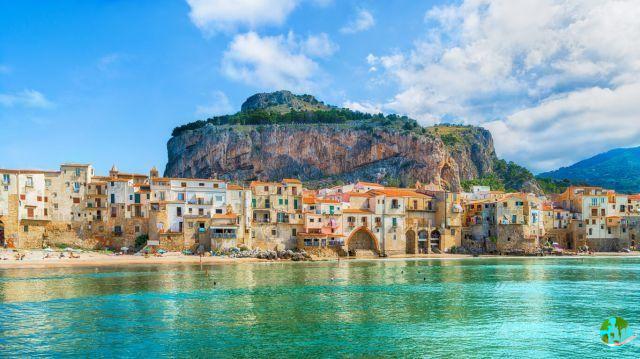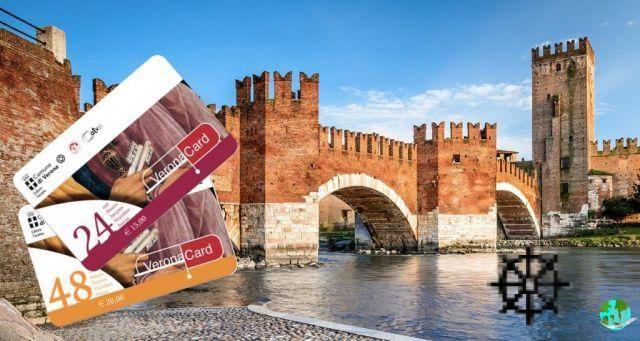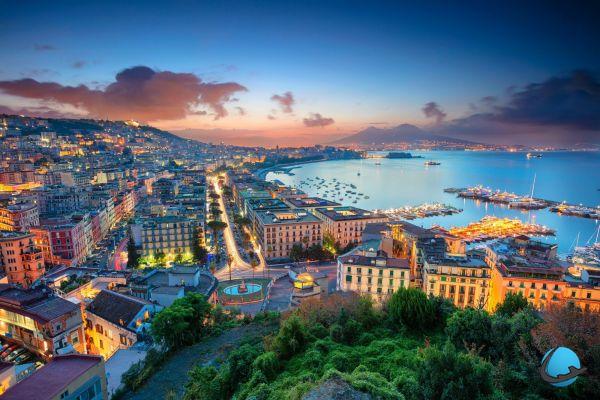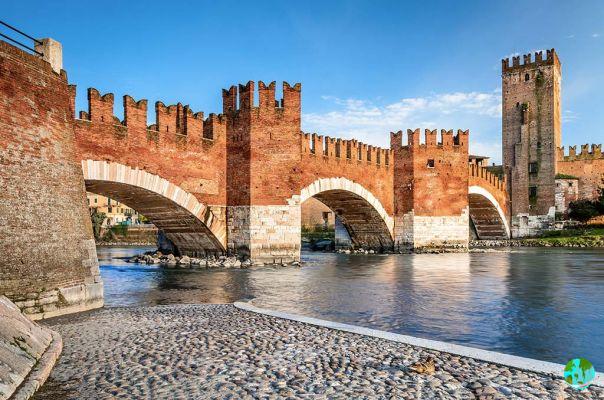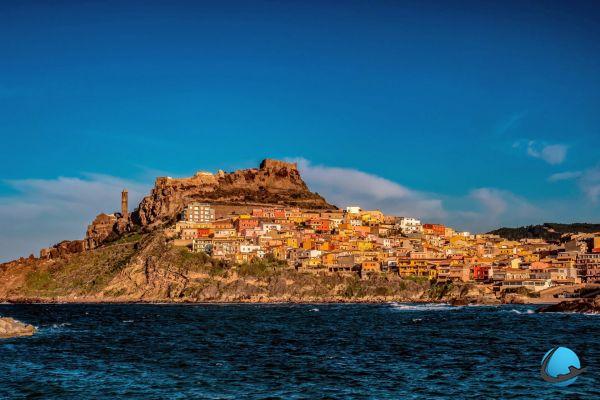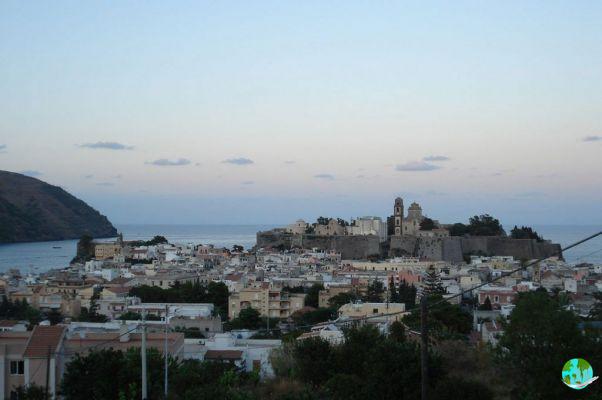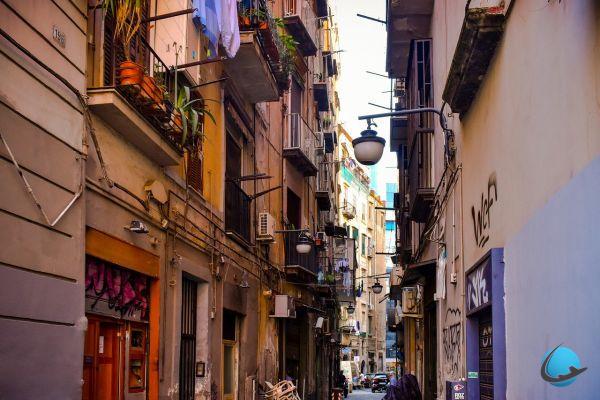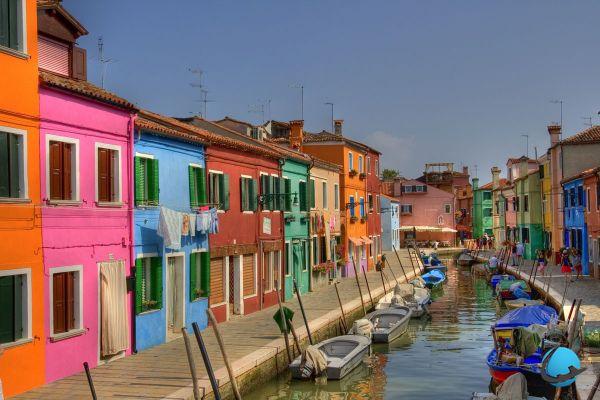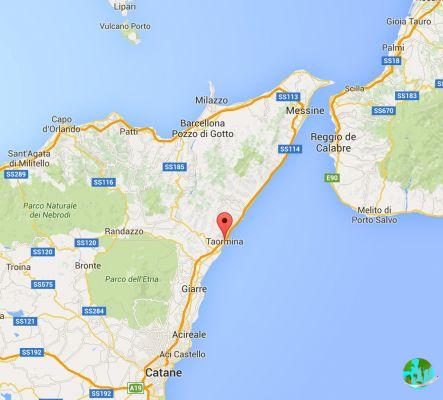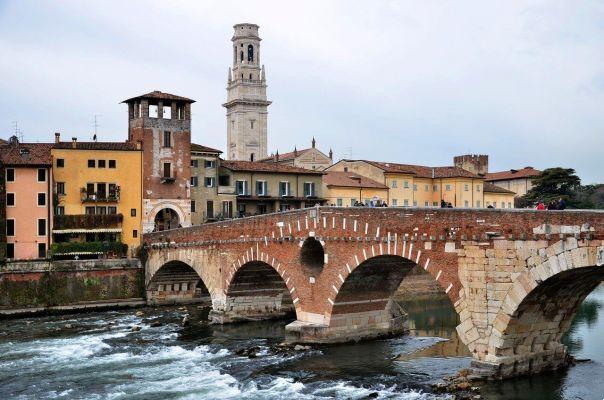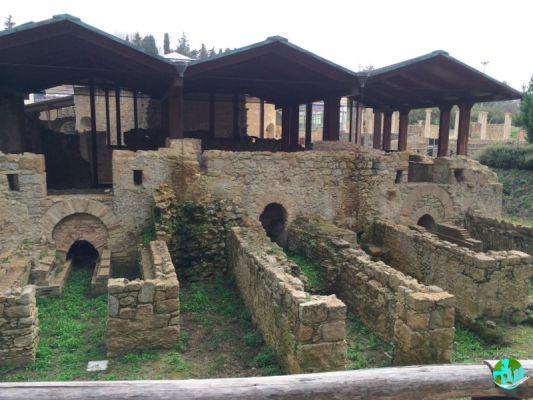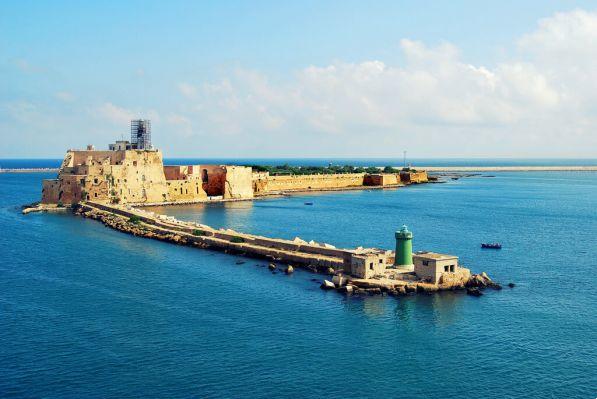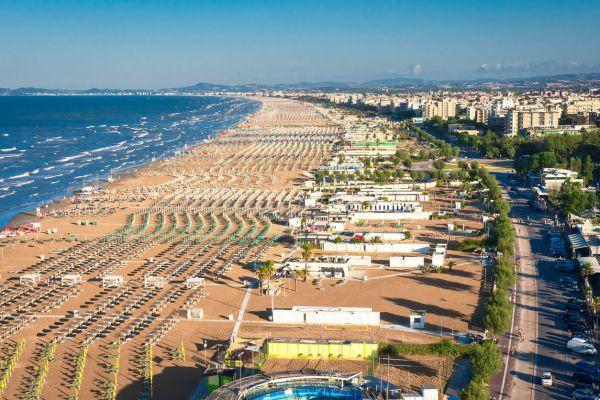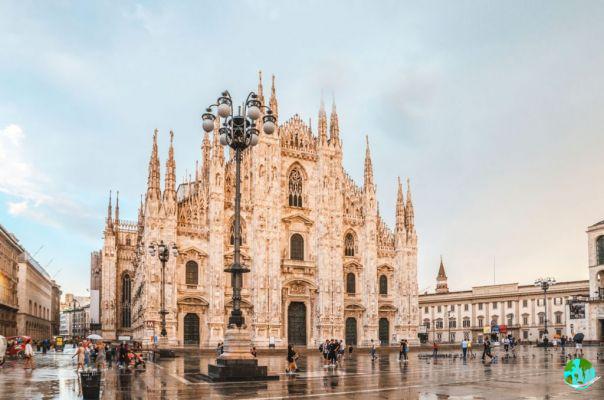Visiting Saint Mark's Basilica in Venice is, without a doubt, one of the essential things to see in Venice. Along with the visit to the Doge's Palace, St. Mark's Basilica is one of the emblematic monuments of the city of Venice. An incredible story surrounds this exceptional place, one of the most visited in Venice. In this article you will find how to book your visit to Saint Mark's Basilica in Venice and you will learn more about its history.
Visit of Saint Mark's Basilica in Venice:
> Prepare your visit to Venice
> Times and reservations for visits to Saint Mark's Basilica
> History of Saint Mark's Basilica
> What to see during a visit to Saint Mark's Basilica?
Looking for a Venice travel guide?
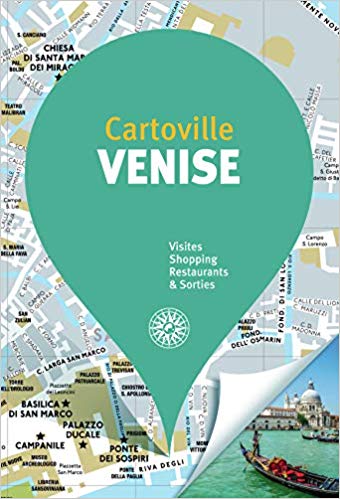 Like many, I often travel with a travel guide. If you are looking for a guide for your visit to Venice, let me recommend the "Cartoville" guide from Gallimard. These guides are perfect for directing you during a city trip.
Like many, I often travel with a travel guide. If you are looking for a guide for your visit to Venice, let me recommend the "Cartoville" guide from Gallimard. These guides are perfect for directing you during a city trip.
Organized in neighborhoods with numerous maps, the “Cartoville” guides really stand out from their competitors by their practical and intuitive aspect. You will discover the essentials of each district, the places to eat, where to go out, etc.
Buy this guide to Venice Direct link :
This link allows you to book your guided tour of Saint Mark's Basilica directly Book your visit to Saint Mark's Basilica
Prepare your visit to Venice
Let's start with some practical advice for a successful stay in Venice. Plane, transfer to downtown Venice, accommodation and must-see activities.
Getting to Venice: Plane, airport, transfer to the city center:
Many flights are offered from various French airports to Venice.
Note that the city has two airports.
The main airport is Marco Polo Airport. From the latter you can reach the city center of Venice by booking a water taxi, the most practical means of transport to return to the center of Venice.
The second airport, located outside the city is Treviso Airport. It is from this airport that you will return to Venice if you opt for a flight with Ryanair, for example. From this airport, located about 40 kilometers from Venice, you can book a shuttle for about ten euros which will take you to the center of the city of Venice or to Mestre depending on where you are staying.
Activities to book in Venice:
Here are some of the essential activities to do in Venice and especially to book in advance to avoid any disappointment.
- Visit to the Doge's Palace
- Visit to Saint Mark's Basilica
- Campanile visit
- Visit to the islands of Murano and Burano
Times and reservations for visits to Saint Mark's Basilica
Saint Mark's Basilica can be visited every day of the year. It is open from 9:30 a.m. to 17 p.m.
Impossible to miss the basilica, it is located on Saint Mark's Square, on its width very close to the Doge's Palace.
Although it is possible to visit the basilica alone, or with an audio guide, I strongly recommend that you opt for a guided tour.
Part of the basilica is free, however access to its main rooms, the most spectacular such as the museum, the Treasury and Pala d'Oro is subject to payment.
> Guided tour of Saint Mark's Basilica
Several solutions are available to you to visit Saint Mark's Basilica.
The guided tour of Saint Mark's Basilica has several advantages, the explanations of a guide (in French) of course, but above all a skip-the-line ticket. No waiting will be necessary to enter the basilica.
> Combined guided tour of Saint Mark's Basilica and the Doge's Palace
It is also possible to combine your visit to Saint Mark's Basilica in Venice with the guided tour of the Doge's Palace. This will save you a lot of time and give you the opportunity to visit, with explanations from a guide, the two main buildings of Venice.
The History of St. Mark's Basilica
During an excursion to Venice, visiting Saint Mark's Basilica is a must. While the City of the Doges has more than 84 churches, the most remarkable and imposing remains that of San Marco. With its 4240 square meters of mosaics and its Byzantine style sublimated by Eastern and Western influences, the cathedral with five domes has become a major sanctuary of Christianity but also a pure architectural gem.
The origins of Saint Mark's Basilica
Seeking prestige, Venice aimed to house relics worthy of its claims to become an independent episcopal see. Thus in 826, two Venetian sailors, Buono da Malamocco and Rustico da Torcello, brought back the body of the evangelist San Marco from the port of Bucoles not far from Alexandria, where he suffered martyrdom. For the little anecdote, you should know that the two sailors took care to hide the body of the disciple of Christ under pig carcasses so as not to arouse the suspicions of the Saracens. The eleventh Doge of Venice, Giustiniano Participazio, then ordered the construction of a small chapel to house the sacrosanct relics of the apostle designated as patron saint of the city. An extension of the Doge's Palace, which was more like a military fort, was then carried out in 828, the work of which ended in 832. But in 976, a great fire destroyed the district.
The construction of the present Saint Mark's Basilica
Visiting Saint Mark's Basilica means taking a dip in the imagination in the past, to relive the legendary times of the glorious Republic. Indeed, it was rebuilt in 978 on its old foundations, but did not yet resemble the sumptuous building that can be admired today. After years of construction, it was again destroyed by the flames which nevertheless spared the archives and some interior walls. Finally, the monument that we see today was built from 1063, then enlarged during the Renaissance by adding the baptistery and the side chapels. The aim was to set up a sanctuary inspired by the basilica of the Holy Apostles in Rome and that of Saint Sophia in Constantinople, with the aim of representing the prosperity of the Republic of Veneto. The Greek cross building was squat and quite sober in appearance, made of red brick and decorated with five domes.
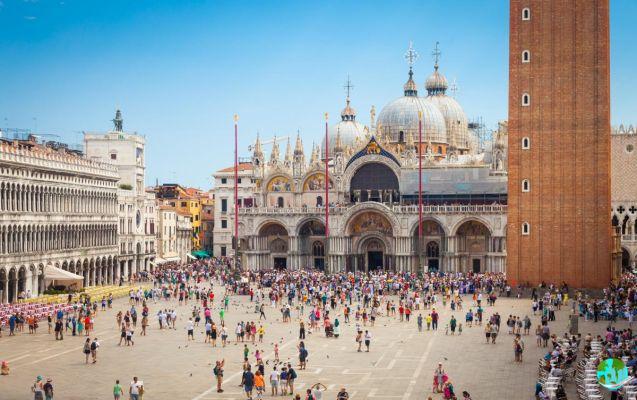
The evolution of the basilica
Although the work was completed in 1094, countless ornamental additions have completed over the centuries the cathedral of the Patriarch of Venice. Thus, the austere facade was adorned little by little with marble coverings and mosaics, porticoes of breathtaking depth, all consolidated by a double row of columns. The great portal was enhanced by a richly decorated bas-relief, while pointed Gothic arches and capitals gradually made the basilica a true architectural feat, blending Romanesque, Byzantine and Renaissance art with unparalleled delicacy. name. It finally became the episcopal see of Venice in 1807, then was consecrated in 1094 when the bones of Saint Mark were rediscovered on June 25, which rests in the heart of the crypt, just under the altar.
What to see during a visit to Saint Mark's Basilica?
It seems essential to visit Saint Mark's Basilica not only because it has always been the center of public and religious life in Venice, but also because it is undoubtedly one of the most beautiful cathedrals in the world. . This internationally renowned monument is the result of a harmonious marriage between various Eastern and Western styles. Despite the passing centuries and successive renovations, the Basilica of San Marco has lost none of its splendor and leaves no visitor indifferent, dazzled as much by its splendor as by its intriguing details.
Here are the main points of interest that you will have the opportunity to see during a visit to Saint Mark's Basilica.
The exterior of Saint Mark's Basilica
The influence of Byzantium
What we notice at first glance is the style of this church which is clearly influenced by the Byzantine Empire with which the Serenissima maintained close relations. As a result, it was the first in Italy to be adorned with a central dome. Its Greek cross plan gives it imposing dimensions, with a length of 76,50 m and a width of 62,60 m. The four branches of identical dimensions are covered by the central cupola 14 m in diameter, each being surmounted by its own slightly smaller dome, only accentuating the oriental allure of the basilica.
The facades of the basilica
Gleaming in gold and consisting of two stories, the main facade is decorated with five colossal portals, accented with meticulously carved arches and an abundance of marble columns. The latter also form a real forest of colors and styles of all kinds, from the territories conquered by Venice, which appropriated the treasures. While most of the mosaics in the portals date from after the 17th century, that of the Saint Allipio door, the leftmost, dates from the 13th century. It illustrates the arrival of the remains of San Marco and their burial in the basilica. If you are wondering what the monument might have looked like at the time, this mosaic gives you a glimpse of it since it is the building without its Gothic additions, which only had its original, formerly lower cupolas. The side facades deserve just as much attention, with multiple sculptures and other ornaments that do not fail to captivate the visitor. At a corner of the cathedral at the level of the porta della Carta, you will discover in particular the Tetrarch. This 4th century statuary ensemble represents the two pairs of rulers of the first Tetrarchy, a system of government of the Roman Empire set up to deal with barbarian invasions.
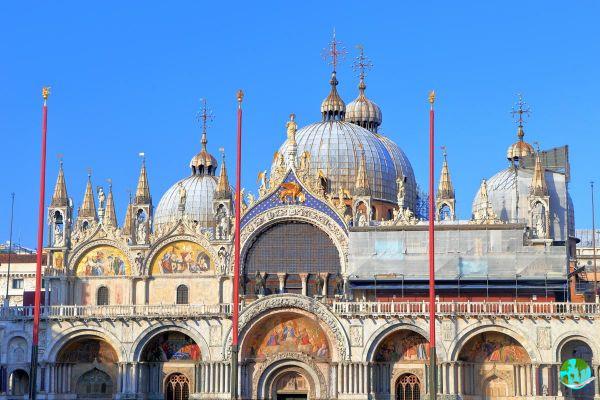
The main gate
60 m wide and pierced by five large arches, the main portico which stands in the center is reminiscent of the narthex of Eastern churches. You will be able to observe sculptures in the effigy of trades and signs of the zodiac, but also plants, animals, allegorical figures of the seasons. The upper gallery houses the horses of San Marco, which turn out to be an exact copy of the 4th century bronze quadriga brought back from the looting of the Hippodrome of Constantinople in 1204, or ancient Istanbul. To admire the originals, you will have to push the doors of the Saint Mark's Museum from where you will have a spectacular view of the interior of the basilica as well as of Saint Mark's Square and the piazzetta.
The bell tower
Finally, you will find that the bell tower is separated from the building. It is a square tower 102 m high, topped with a golden angel serving as a weather vane. It is possible to reach the top by a gentle spiral ramp, devoid of steps.
Inside St. Mark's Basilica
Marbles and golden mosaics galore
To visit Saint Mark's Basilica, you will enter through the narthex before reaching the three naves. The vestibule, covered with marble and mosaics, bears witness to the splendor of yesteryear. Moreover, the walls, the domes but also the floor are entirely covered with them, to form one of the largest sets of mosaics in the world. You will be able to contemplate scenes from Genesis, the story of Noah, Saint Mark, etc. Once in the basilica, you will be amazed by all this incredible luxury, the result of the accumulation of wealth over time. The tabernacle will instantly catch your gaze, which will not be able to get away from the gilded bas-reliefs or the figures nestled on pedestals surrounded by diamonds, rubies and other emeralds. In the Pentecost dome, you will admire the seated apostles, touched by the light emanating from the dove of the Holy Spirit. Also don't miss the equally remarkable Cupola of the Ascension, and of course the central dome with the risen Christ on top.
The choir of Saint Mark's Basilica
The choir of the basilica includes seats of very fine work in marquetry from the 16th century. Looking up, you will see two stands with bronze bas-reliefs depicting the life of Saint Mark. A sublime iconostasis with marble columns separates the choir from the nave, very characteristic of the Byzantine style. 14 statues of the Virgin and the apostles were sculpted there in 1393, topped by a solid silver cross, a Gothic masterpiece. To the sides are two pulpits and two altars delicately carved in marble by Pietro Lombardo during the 15th century. The altar where the Blessed Sacrament rests is extraordinary: decorated with bas-reliefs in marble and gilded bronze, it is surrounded by columns in transparent oriental alabaster and has a balustrade in porphyry. Above the high altar reigns a baldachin, supported by four columns decorated with reliefs taking up the theme of the life of Christ. Passing behind you will find the Pala d'Oro altarpiece, which was executed in the 10th century in Constantinople. How not to be speechless in front of all these enamels deposited with extreme care on a silver and gold blade, embellished with pearls, cameos and precious stones? On the upper part are represented scenes from the Gospel and below, a Christ Pantocrator surrounded by the four patron saints of Venice, Peter, Nicholas, Hermagor and Mark.
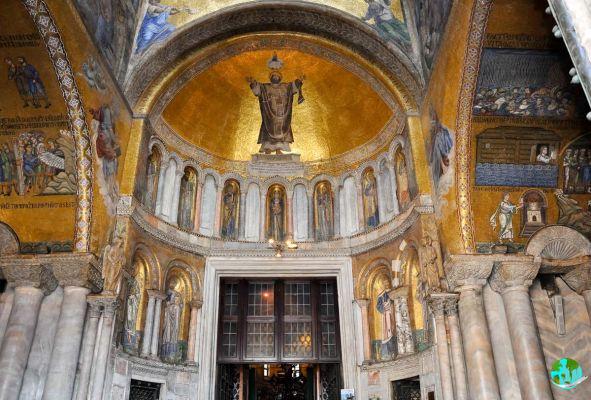
The baptistery
Don't miss the baptismal font made by Jacopo Sansovino in the 15th century, if only to marvel at the mosaic on the vault! This traces the existence of Saint John and the childhood of Christ. You will also have the opportunity to discover two tombs of Doges, as well as a large marble basin on which rests a bronze lid decorated with bas-reliefs.
On the left wing…
You can meditate in the chapel of Notre-Dame-des-Mâles, in front of a marble altar with refined sculptures and mosaics made by Giambono at the end of the 15th century in honor of the Virgin. The chapel of Saint-Isidore will amaze you just as much with its 14th century mosaics depicting the life of this saint, whose door is enhanced with a tree of Jesse. As for the Oratory of the Cross, its black and white porphyry column displays a unique style. Finally, the sacristy is decorated with absolutely magnificent mosaics and marquetry work from the 16th century. You will necessarily notice the bronze door in remembrance of the sacrifice and resurrection of Jesus.





